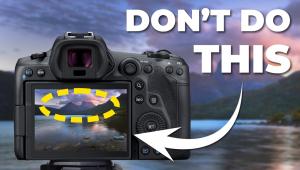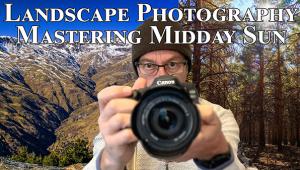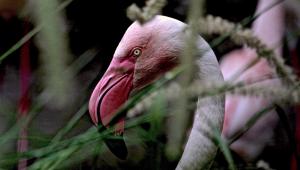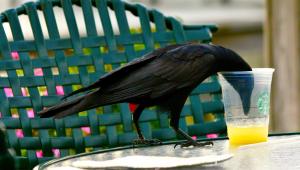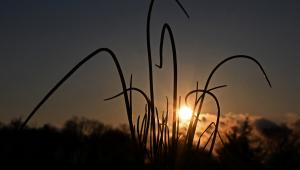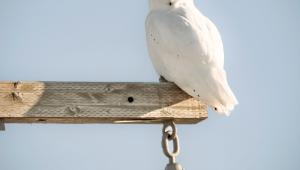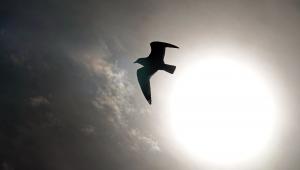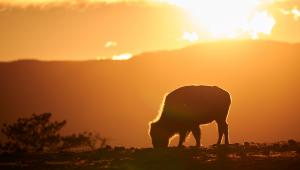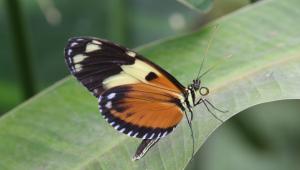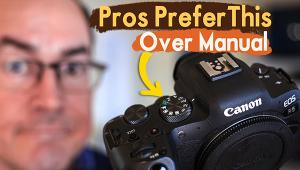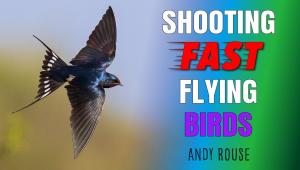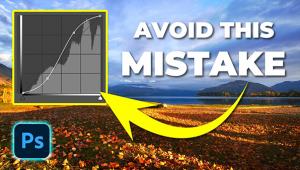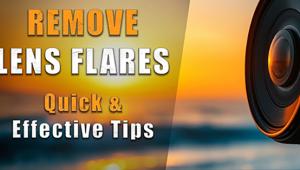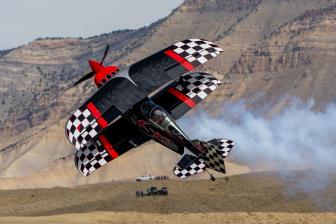Tripod Tips for Wildlife & Nature Photos: Are You Doing Things Wrong? (VIDEO)

Perhaps you're tired of us reminding you to use a tripod for outdoor photographs with maximum sharpness, but it's an undeniable fact. What's less understood are several simple methods for making the best use of this very important accessory.
British pro Paul Miguel has an eclectic portfolio of beautiful photos encompassing everything from landscape and wildlife imagery to macro and more. He's also a tripod evangelist and today he reveals eight practical and effective tips in less than seven minutes.
This episode concentrates on tripod use for photographing birds and other forms of wildlife with a telephoto lens, but the advice he shares is equally applicable for other genres and purposes as well. So pay close attention, particularly if you think that all you have to do is extend a tripod's legs, raise the center column, and mount your camera stop the head.
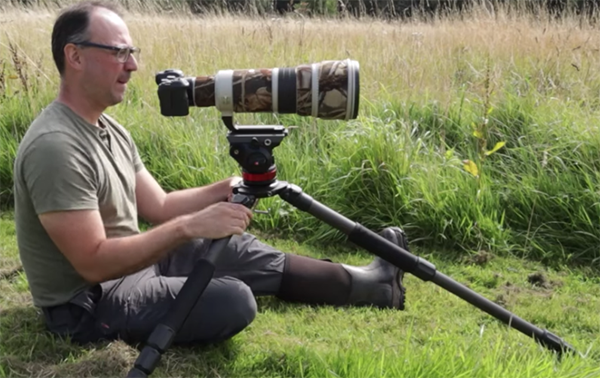
There's nothing worse than fiddling around in the field when you come upon a great subject that could disappear in a moment. That's why it's important to fully understands how your tripod works so you can deploy it quickly and properly for shooting at eye level, while sitting down, and when photographing close to the ground.
You'll learn why the lower leg sections are the last ones you want to extend, and why the center column is the last feature to use and should be reserved solely for times when you need it for maximum height. In fact if your tripod isn't tall enough without raising the center column it may be time to buy a new one that is.
Experienced photographers tend to shy away from ultralight models because a wispy, unstable tripod can impart a false sense of photography and lead to improper technique. And Miguel offers an unconventional tip for dealing with muck when the ground is wet, dusty or muddy.

Miguel also suggests the best way to proceed when not shooting straight ahead, like when you have to tilt your camera upwards to photograph birds perched in a tree (or when aiming downwards for photographing subjects close to the ground). These suggestions will keep you as comfortable as possible regardless of your vantage point.
There's much more to learn in this brief video, including a trick for fine-tuning composition with a camera's rear LCD instead of while looking through the viewfinder. You'll also learn why it's important to keep a tripod as level as possible—especially when panning with your subject. You can find more practical advice by paying a visit to Miguel's popular YouTube channel, so remember to do that when you have some time to explore.
We also advise checking out the earlier tutorial we posted from another accomplished pro, explaining why "minimalism" can be the key to clutter-free wildlife and landscape photographs.
- Log in or register to post comments







